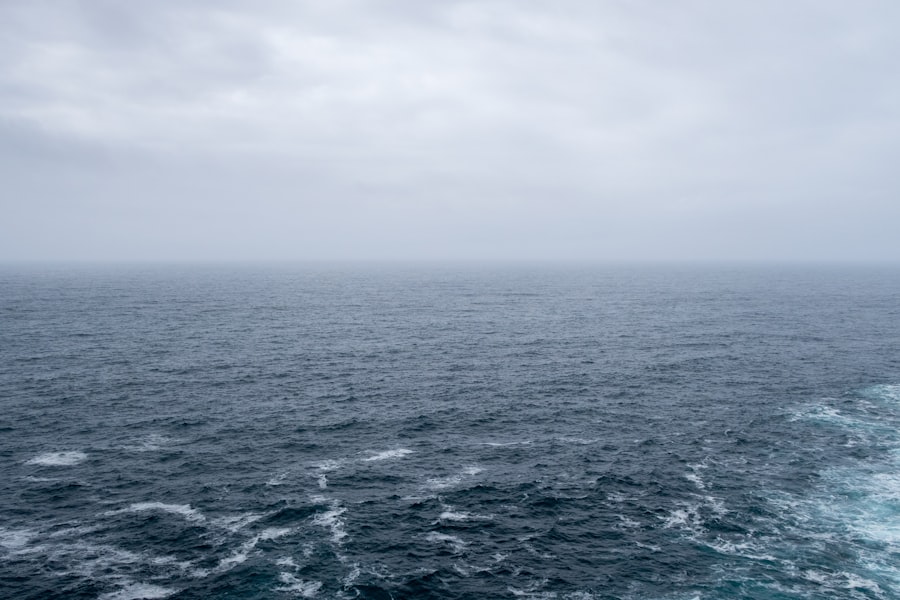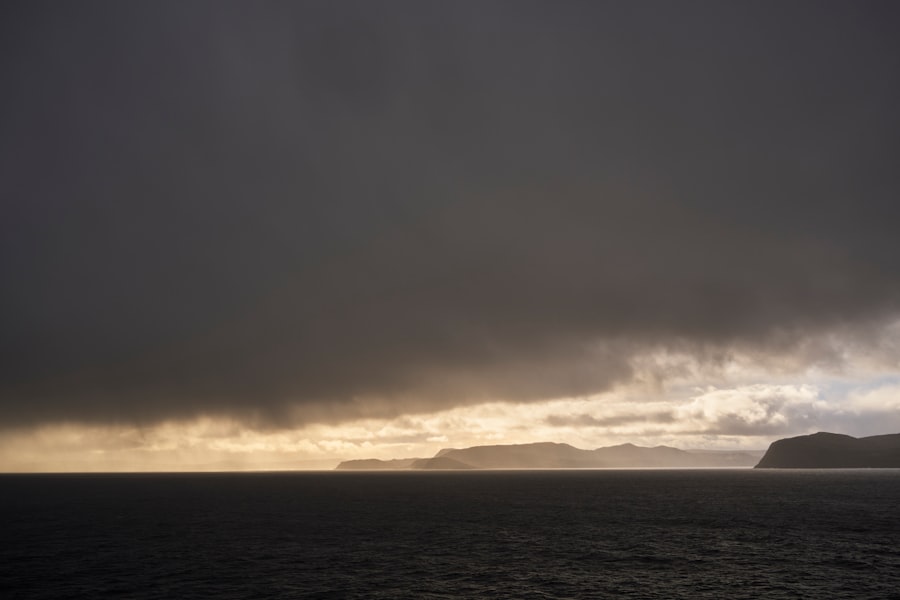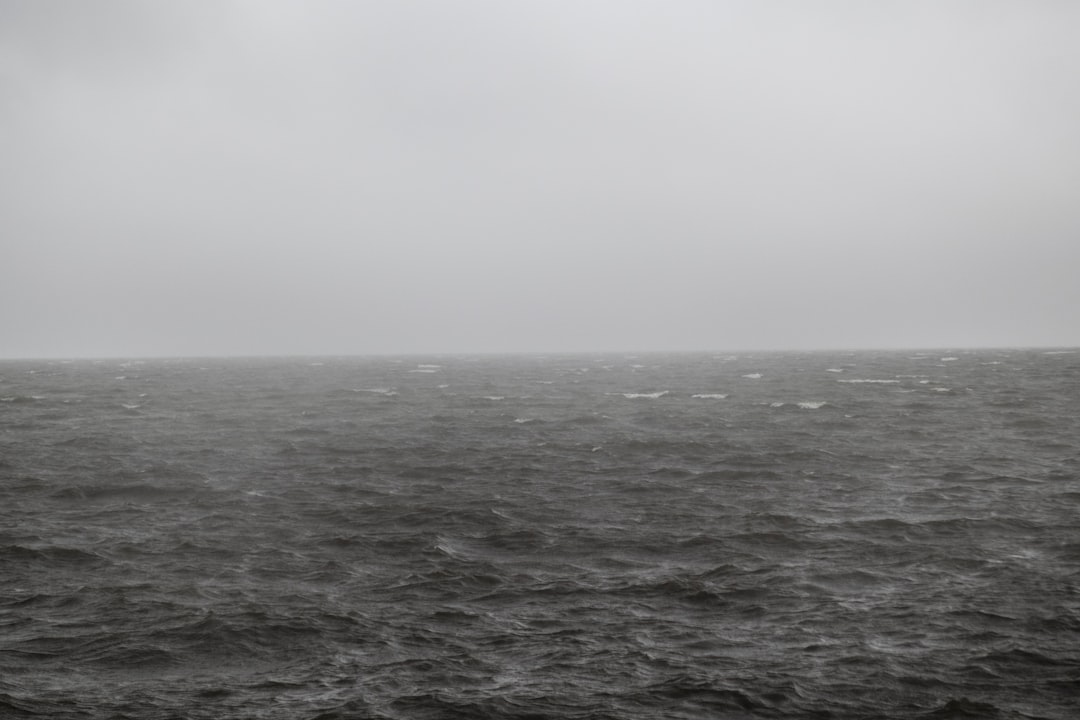The Drake Passage, a body of water that separates South America from Antarctica, is notorious for its unpredictable and often treacherous weather conditions. For those planning to traverse this challenging maritime route, understanding the significance of a 14-day weather forecast is paramount. Such forecasts provide essential insights into the atmospheric conditions that can affect travel plans, safety, and overall experience.
With the potential for sudden storms, high winds, and rough seas, having access to a detailed weather forecast can mean the difference between a smooth journey and a perilous adventure. A 14-day forecast offers travelers and navigators a broader perspective on weather trends, allowing them to prepare adequately for the conditions they may encounter. This timeframe is particularly useful for long-distance voyages, as it enables sailors to make informed decisions about when to set sail or whether to delay their journey.
By analyzing the forecast, individuals can assess potential risks and adjust their plans accordingly, ensuring a safer and more enjoyable passage through one of the world’s most challenging maritime environments.
Key Takeaways
- Understanding the importance of a 14-day Drake Passage weather forecast is crucial for safe and efficient travel through this challenging maritime route.
- Historical weather patterns in the Drake Passage provide valuable insights into the typical conditions that travelers and navigators can expect to encounter.
- Factors affecting weather in the Drake Passage, such as wind patterns and ocean currents, play a significant role in shaping the forecast for this region.
- The impact of weather on travel and navigation in the Drake Passage underscores the need for careful planning and consideration of potential challenges.
- How to interpret a 14-day Drake Passage weather forecast involves understanding key meteorological indicators and their implications for sea conditions and visibility.
Historical Weather Patterns in the Drake Passage
The Drake Passage has a rich history of weather patterns that have shaped its reputation as one of the most formidable stretches of ocean. Historically, this region has been characterized by strong winds, turbulent seas, and rapidly changing weather conditions. The convergence of the Atlantic and Pacific Oceans creates a unique climatic environment that can lead to sudden storms and unpredictable weather phenomena.
Mariners have long documented these patterns, noting that the passage can shift from calm to chaotic in a matter of hours. Understanding these historical weather patterns is crucial for anyone planning to navigate the Drake Passage. By studying past weather events, sailors can gain insights into seasonal trends and typical conditions for specific times of the year.
For instance, summer months may offer relatively milder weather, while winter can bring fierce storms and rough seas. This historical context not only aids in preparation but also helps travelers develop a healthy respect for the power of nature in this remote region.
Factors Affecting Weather in the Drake Passage

Several factors contribute to the unique weather conditions experienced in the Drake Passage. One of the primary influences is the geography of the region itself. The narrowness of the passage, combined with its position between two major oceans, creates a funneling effect that can amplify wind speeds and wave heights.
Additionally, the presence of the Antarctic Circumpolar Current plays a significant role in shaping local weather patterns, as it transports cold water and influences atmospheric conditions. Another critical factor is the seasonal variability that affects the Drake Passage. During different times of the year, variations in temperature and pressure systems can lead to distinct weather patterns.
For example, during summer months, warmer air masses may interact with colder ocean waters, resulting in fog and precipitation. Conversely, winter months often bring intense storms fueled by low-pressure systems. Understanding these factors is essential for anyone venturing into this challenging maritime environment.
The Impact of Weather on Travel and Navigation in the Drake Passage
| Weather Condition | Impact on Travel and Navigation |
|---|---|
| Clear Skies | Smooth sailing and clear visibility, ideal for travel and navigation |
| Fog | Reduced visibility, may slow down travel and require cautious navigation |
| Strong Winds | Potential for rough seas and challenging navigation, may cause delays |
| Storms | High risk for travel disruption, navigation may be extremely difficult or impossible |
| Icebergs | Navigation hazard, may require altered routes and careful maneuvering |
Weather conditions in the Drake Passage have a profound impact on travel and navigation. The unpredictable nature of storms and high seas can pose significant challenges for vessels attempting to cross this stretch of water. Mariners must be prepared for sudden changes in weather that can affect visibility, sea state, and overall safety.
As such, accurate weather forecasting becomes an indispensable tool for ensuring safe navigation. Moreover, adverse weather conditions can lead to delays or even cancellations of planned voyages. For cruise ships and research vessels operating in this region, understanding weather patterns is crucial for maintaining schedules and ensuring passenger safety.
In some cases, captains may need to alter their routes or seek shelter in calmer waters until conditions improve. This adaptability is essential for navigating the Drake Passage successfully.
How to Interpret a 14-Day Drake Passage Weather Forecast
Interpreting a 14-day weather forecast for the Drake Passage requires an understanding of various meteorological elements. Key components include temperature, wind speed and direction, precipitation levels, and wave height.
For instance, high wind speeds combined with large wave heights can indicate rough seas that may be hazardous for navigation. Travelers should also pay attention to changes in pressure systems indicated in the forecast. Low-pressure systems often signal stormy weather, while high-pressure systems typically bring calmer conditions.
By analyzing these elements together, individuals can form a comprehensive picture of what to expect during their journey through the Drake Passage. This knowledge empowers them to make informed decisions about their travel plans.
Planning for Weather Variability in the Drake Passage

Given the notorious variability of weather in the Drake Passage, effective planning is essential for anyone intending to navigate this region. Travelers should consider flexible itineraries that allow for adjustments based on real-time weather updates. This flexibility can be crucial when facing unexpected storms or adverse conditions that may arise during their journey.
Additionally, packing appropriate gear is vital for dealing with changing weather conditions. Waterproof clothing, sturdy footwear, and safety equipment should be prioritized to ensure comfort and protection against the elements. By preparing for a range of scenarios—from calm seas to turbulent storms—travelers can enhance their overall experience while minimizing risks associated with unpredictable weather.
Safety Precautions for Traveling in the Drake Passage Based on Weather Forecast
Safety should always be a top priority when traveling through the Drake Passage, especially given its reputation for severe weather conditions. Mariners are encouraged to stay informed about current forecasts and heed any warnings issued by meteorological agencies. This vigilance allows them to make timely decisions regarding their travel plans and avoid potentially dangerous situations.
In addition to monitoring forecasts, travelers should ensure that their vessels are equipped with essential safety gear such as life jackets, flares, and emergency communication devices. Regular safety drills should also be conducted to prepare crew members for emergencies that may arise due to sudden changes in weather. By taking these precautions seriously, individuals can significantly enhance their safety while navigating this challenging maritime environment.
Utilizing Technology for Accurate Weather Forecasting in the Drake Passage
Advancements in technology have revolutionized weather forecasting capabilities, providing mariners with more accurate and timely information than ever before. Satellite imagery, radar systems, and sophisticated modeling software allow meteorologists to analyze atmospheric conditions with remarkable precision. For those navigating the Drake Passage, these technological tools are invaluable resources that enhance safety and decision-making.
Mobile applications and online platforms also play a crucial role in disseminating real-time weather updates to travelers at sea. Many modern vessels are equipped with onboard communication systems that enable crews to access forecasts while underway. This connectivity ensures that mariners remain informed about changing conditions and can adjust their routes accordingly.
Comparing Different Weather Forecasting Models for the Drake Passage
When it comes to forecasting weather in the Drake Passage, various models are employed by meteorologists worldwide. Each model utilizes different algorithms and data sources to predict atmospheric conditions, leading to variations in accuracy and reliability. Some models focus on short-term forecasts while others provide long-range predictions.
Mariners should familiarize themselves with these different forecasting models to understand their strengths and limitations. For instance, numerical weather prediction models may offer detailed insights into specific parameters like wind speed and wave height but may not always capture localized phenomena effectively. By comparing multiple models and cross-referencing forecasts from reputable sources, travelers can gain a more comprehensive understanding of expected conditions during their journey.
Tips for Making the Most of a 14-Day Drake Passage Weather Forecast
To maximize the benefits of a 14-day weather forecast for the Drake Passage, travelers should adopt a proactive approach to planning their journeys. Regularly checking updates from reliable meteorological sources ensures they remain informed about any changes that may occur over time. Additionally, keeping an eye on trends rather than focusing solely on daily predictions can provide valuable insights into overall patterns.
Engaging with fellow travelers or experienced mariners who have navigated the passage before can also yield practical tips and advice based on firsthand experiences with weather conditions. Sharing knowledge within communities can enhance preparedness and foster a sense of camaraderie among those venturing into this challenging maritime environment.
The Future of Weather Forecasting for the Drake Passage
As technology continues to evolve, so too does the field of meteorology and its application to regions like the Drake Passage. Future advancements may lead to even more accurate forecasting models that incorporate artificial intelligence and machine learning algorithms capable of analyzing vast amounts of data in real time. Such innovations could significantly improve predictive capabilities for this notoriously unpredictable region.
Moreover, increased collaboration between meteorological agencies across countries will likely enhance data sharing and improve forecasting accuracy globally. As climate change continues to impact weather patterns worldwide, understanding its effects on regions like the Drake Passage will become increasingly important for ensuring safe navigation and travel experiences in this unique maritime environment. In conclusion, navigating the Drake Passage requires careful consideration of various factors influenced by its complex weather patterns.
A 14-day weather forecast serves as an essential tool for travelers seeking to understand what lies ahead during their journey through this challenging stretch of ocean. By staying informed about historical patterns, utilizing technology effectively, and prioritizing safety precautions based on accurate forecasts, individuals can enhance their experiences while traversing one of nature’s most formidable maritime landscapes.
For those planning a journey through the Drake Passage, understanding the weather forecast is crucial for a safe and smooth voyage. The Drake Passage, known for its unpredictable and often harsh weather conditions, requires careful planning and up-to-date information. A related article that provides insights into navigating this challenging route can be found on MyGeoQuest. This article offers valuable tips and resources for travelers, including a 14-day weather forecast to help you prepare for the journey. For more detailed information, you can read the full article by visiting MyGeoQuest’s sample page.
WATCH NOW! Drake Passage: Earth’s Deadliest Waters Revealed
FAQs
What is the Drake Passage?
The Drake Passage is the body of water between the southern tip of South America and the northern tip of the Antarctic Peninsula. It is known for its rough seas and challenging weather conditions.
Why is the weather in the Drake Passage so unpredictable?
The weather in the Drake Passage is influenced by the meeting of the cold Antarctic air and the warmer air from the north, as well as the strong westerly winds known as the “roaring forties” and “furious fifties”. These factors contribute to the unpredictable and often severe weather in the region.
How far in advance can the weather in the Drake Passage be forecasted?
Weather forecasts for the Drake Passage are typically available up to 14 days in advance. However, due to the unpredictable nature of the weather in the region, these forecasts may not always be accurate.
What are the typical weather conditions in the Drake Passage?
The weather in the Drake Passage can vary widely, but it is known for strong winds, rough seas, and rapidly changing conditions. Storms and low-pressure systems are common, making for challenging sailing and flying conditions.
What are the best sources for obtaining a 14-day weather forecast for the Drake Passage?
The best sources for obtaining a 14-day weather forecast for the Drake Passage include reputable meteorological services and websites that specialize in marine weather forecasts. It is important to consult multiple sources and to be aware of the limitations of long-range forecasts in this region.
